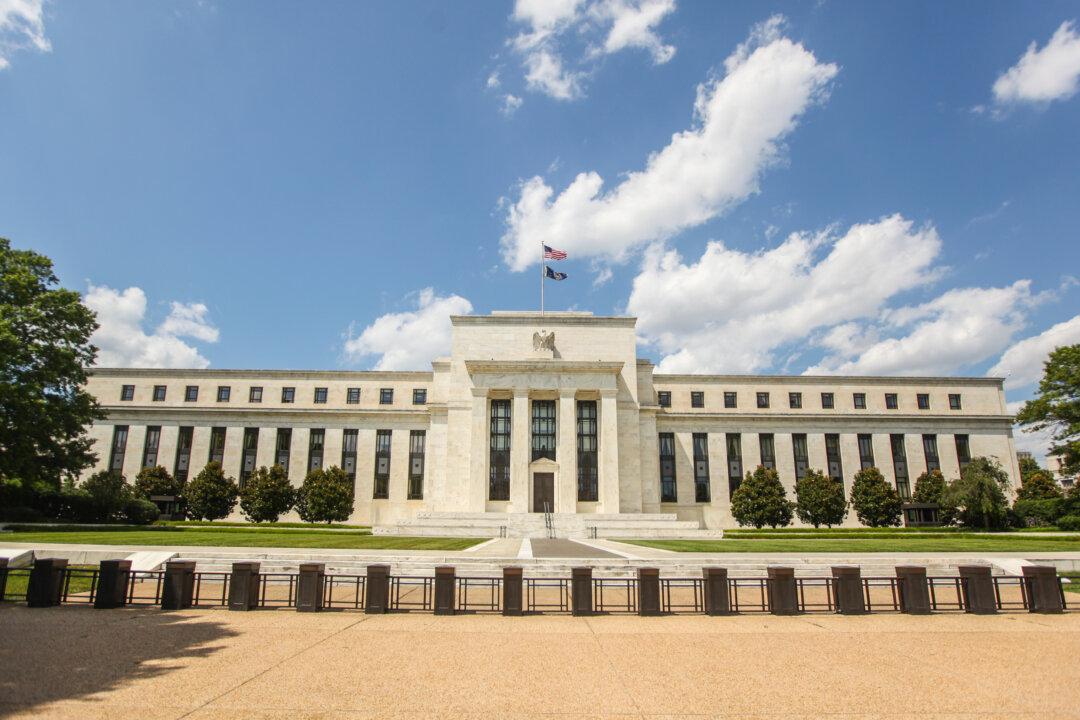“If Trump wins, gold will go through the roof.” That was the popular narrative before the election and the first move right after it became clear that Donald Trump won the presidential election on Nov. 8.
However, what happened afterward befuddled many market observers. Despite the hype about the uncertainty and perceived recklessness of a Trump presidency—essentially positive for gold—the yellow metal tanked from $1,278 just before the election to $1,183 at the end of November.
Soon after it became clear that Trump would have a Republican Congress to approve his spending plans, and the first names for the post of Treasury Secretary started to make the rounds, the uncertainty gave way and analysts started to price in tax cuts and deregulation.
Both of these elements of Trump’s economic agenda are good for companies, small and large, and should boost innovation and productivity. If productivity increases and the economy grows, stocks are a better bet than gold, so gold was sold off and stocks rallied.
Furthermore, Trump and Republicans have vowed to repeal the Dodd-Frank regulations, which severely limit the risks financial firms are allowed to take.
If Dodd-Frank is repealed, banks and other financial companies will likely expand debt in the financial system through new lending or proprietary trading. This expansion of financial assets is usually bad for gold because it is a monetary, physical, and nonfinancial asset.
A Second Reagan?
Contrary to popular opinion, gold is also not a commodity and won’t benefit from Trump’s infrastructure plan, another point the stock market is loving.
Spending $1 trillion over 10 years will boost commodity prices and wages, and eventually productivity, but not the price of gold. The same goes for military spending, which Trump may also increase.
In short, the market is looking for a repeat of Ronald Reagan’s two terms, where stocks, bonds, and the dollar soared. Gold crashed from its early 1980 peak and didn’t recover until 2007. The federal debt increased greatly during Reagan’s terms, and the market expects the same to happen with Trump.
However, Reagan’s starting point was much different from Trump’s according to Dan Oliver, principal at the hedge fund Myrmikan Capital: “Reagan’s program came at a particular moment in time: the trough of a credit cycle. Interest rates were at cycle highs, exceeding 20 percent, and the sum of government and private debt added up to only 150 percent of GDP,” he wrote in a note to clients.





